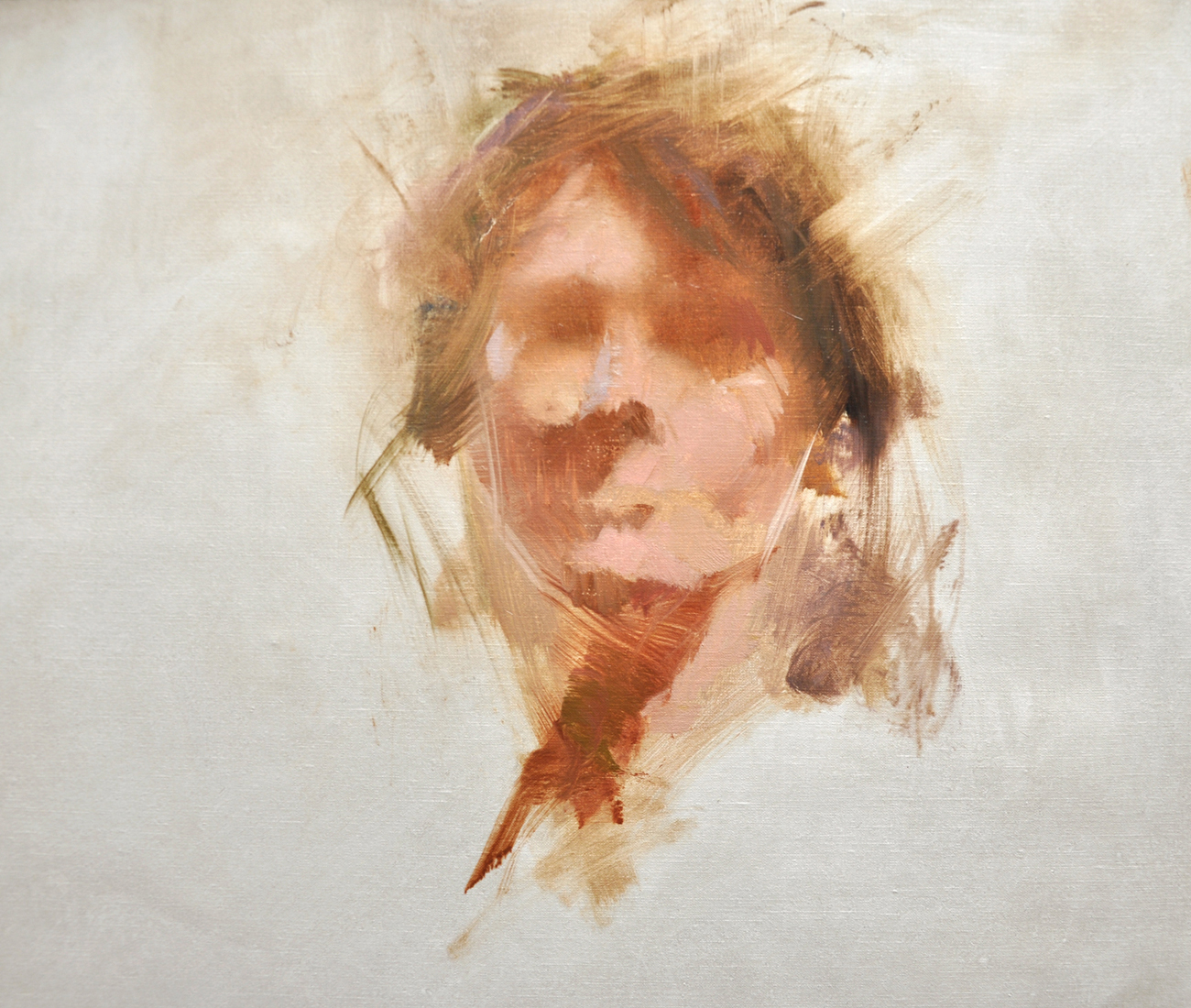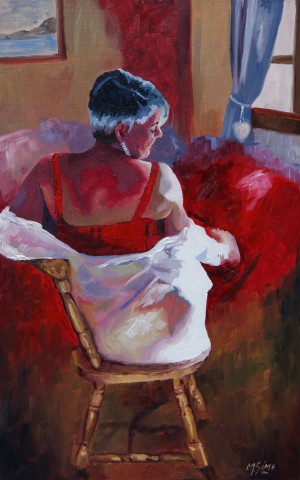Discover the most effective Tips for Creating Stunning Figurative Oil Painting Artwork
Discover the most effective Tips for Creating Stunning Figurative Oil Painting Artwork
Blog Article
A Trip With the World of Metaphorical Oil Paint: Finding the One-of-a-kind Attributes and Emotional Depth of the Medium

History of Metaphorical Oil Paint
Arising throughout the late Middle Ages and thriving throughout the Renaissance, metaphorical oil painting has an abundant history that reflects both imaginative technology and cultural development. Oil paints were used in Europe as a way to boost the brightness and depth of color in artworks. Artists such as Jan van Eyck originated the medium, showing its possible to record intricate information and appearances, hence enabling an extra lifelike depiction of the human kind.
As the Renaissance progressed, prominent figures like Leonardo da Vinci and Michelangelo increased the limits of metaphorical oil paint. They stressed anatomical precision and perspective, developing works that shared emotion and narrative depth. The tool's flexibility allowed for testing with light and shadow, causing the growth of chiaroscuro methods that even more improved the visual experience.
Unique Attributes of the Medium
The evolution of metaphorical oil paint has been considerably influenced by the unique features of the tool itself. Oil paint, made up of pigments suspended in oil, uses artists an exceptional convenience that enables a wide variety of finishes and appearances. Its slow-moving drying out time allows thorough blending and layering, which can develop deepness and luminance unattainable in various other mediums.
In addition, oil paint's abundant coloring gives vivid shades that maintain their strength over time. This particular is critical in metaphorical paint, where recording the subtleties of skin tones and emotional expressions is extremely important. The ability to attain subtle gradients and soft changes boosts the realistic high quality of topics, permitting artists to communicate complicated moods.
In addition, oil paint adheres well to different surface areas, such as steel, wood, and canvas, widening the extent of creative expression. The medium's versatility supports various strategies, from in-depth realistic look to meaningful brushwork, allowing musicians to explore their individual styles.
Inevitably, the one-of-a-kind residential or commercial properties of oil paint not only improve the aesthetic experience however also empower musicians to interact profound stories, making metaphorical oil painting a deeply expressive art kind.
Methods and Styles Employed
Within the world of metaphorical oil painting, musicians utilize a diverse selection of methods and styles that add to the depth and splendor of their job. One prominent strategy is glazing, where transparent layers of paint are used over dried out layers, enabling light to penetrate and mirror, improving luminosity and deepness. This method is often utilized to achieve a feeling of realism and intricacy in skin tones.
An additional technique is impasto, where thick layers of paint are used with a palette blade or brush, developing a distinctive surface that includes a three-dimensional quality to the paint. This style can evoke a natural reaction, attracting the audience in via its tactile nature.
Musicians additionally check i thought about this out numerous brushwork styles, from fine, thorough strokes that catch detailed features to wider, more expressive strokes that share movement and emotion (figurative oil painting). The selection of color palette dramatically influences the general state of mind of an item, with warm tones commonly imparting feelings of convenience and cool tones suggesting sorrowful
Moreover, the integration of chiaroscuro, the contrast in between light and darkness, permits artists to produce remarkable effects that enhance the narrative high quality of their job. Each method and design is thoroughly chosen to raise the visitor's experience and understanding.
Emotional Depth in Metaphorical Art
Emotional depth works as a cornerstone in figurative art, permitting musicians to transcend plain depiction and engage visitors on a profound degree. This psychological resonance is frequently attained through the nuanced portrayal of human figures, expressions, and communications. Artists harness the power of light, color, and darkness to stimulate sensations that reverberate deeply with the audience, creating a visceral connection to the subject.
In figurative oil paint, the detailed layering of paint can mirror the intricacies of human feeling. The selection of scheme, whether cool or cozy, plays a crucial duty in establishing the state of find this mind and environment of a piece. For instance, softer shades may stimulate harmony and self-contemplation, while strong, contrasting colors can connect tension and drama.

Influential Artists and Their Works
Many influential artists have actually significantly shaped the landscape of metaphorical oil paint, each contributing special viewpoints and methods that proceed to inspire contemporary designers. Amongst these artists, Lucian Freud sticks out for his extreme emotional depth and raw representation of the human kind, typically obscuring the lines in between beauty and decay. Freud's works, defined by thick, impasto brushstrokes, welcome visitors to confront the complexities of identity and vulnerability.

Likewise, Andrew Wyeth's precise realism in items like "Christina's Globe" catches extensive stories within relatively easy compositions. His usage of light and darkness evokes a sense of fond memories and psychological resonance, drawing visitors right into the intimate worlds he portrays.
In the world of contemporary art, Kehinde Wiley has gained acknowledgment for his lively, larger-than-life portraits that test conventional notions of depiction. By putting people of shade in contexts similar to classical portrait, Wiley's work redefines the canon of art background.
These artists, along with others, have not only enriched metaphorical oil paint but have actually also increased the discussion bordering feeling, culture, and identification, ensuring that the tool remains an essential form of expression in the art globe. figurative oil painting.
Conclusion
In conclusion, figurative oil painting stays an effective tool that encapsulates the complexities of human emotion through its rich pigmentation and flexible strategies. The trip through figurative oil painting reveals its enduring value in the art globe.
The expedition of metaphorical oil painting offers a profound insight into the interplay of technique, emotion, and historic context that specifies this age-old tool. Oil paint, made up of pigments put on hold in oil, uses musicians an impressive versatility that allows for a broad variety of surfaces and structures.Within the realm of figurative oil painting, artists use a varied selection of strategies and designs that add to the deepness and richness of their work.Numerous influential musicians have actually dramatically formed the landscape of metaphorical oil painting, each contributing unique perspectives and strategies that proceed to influence contemporary creators.In conclusion, metaphorical oil paint stays a powerful tool that envelops the complexities of human emotion via its abundant pigmentation and versatile strategies.
Report this page